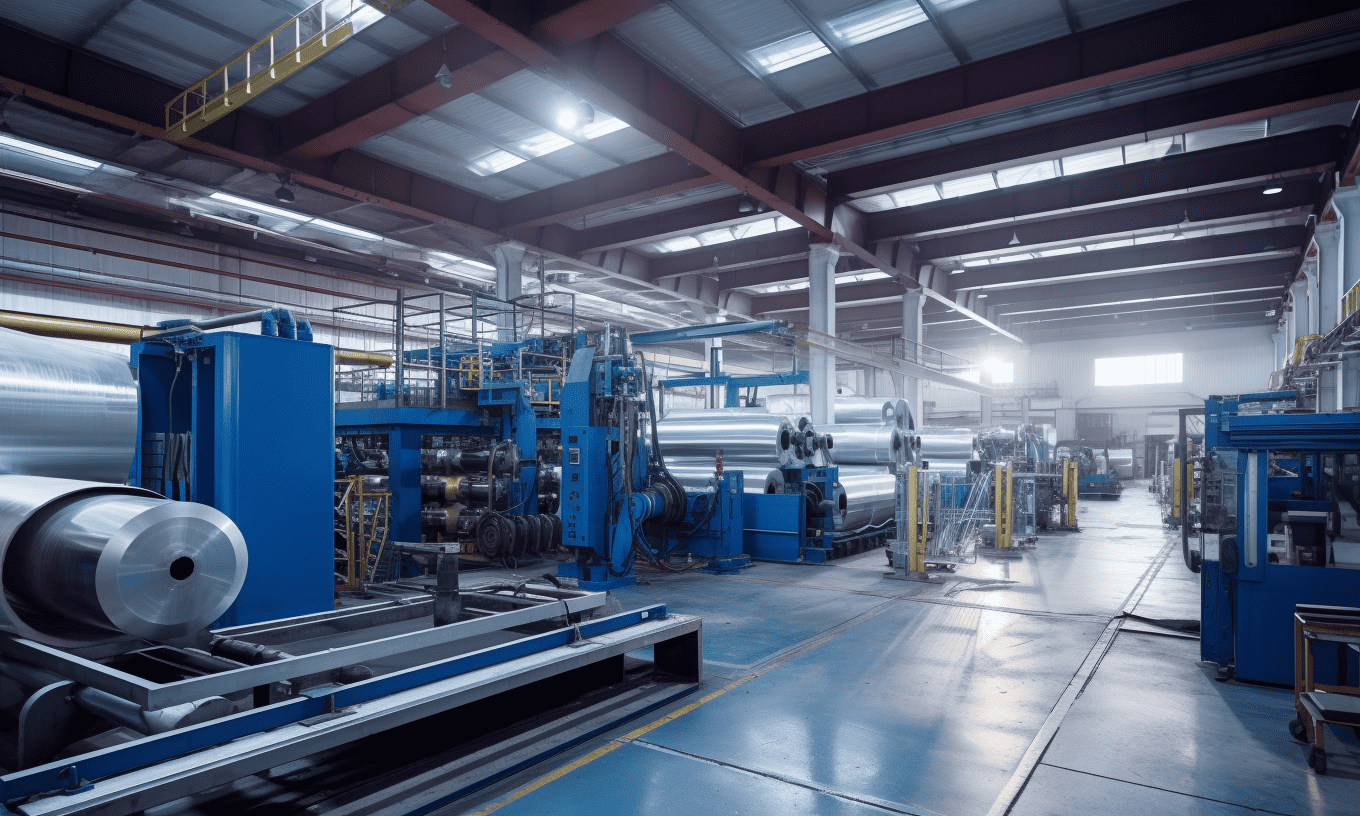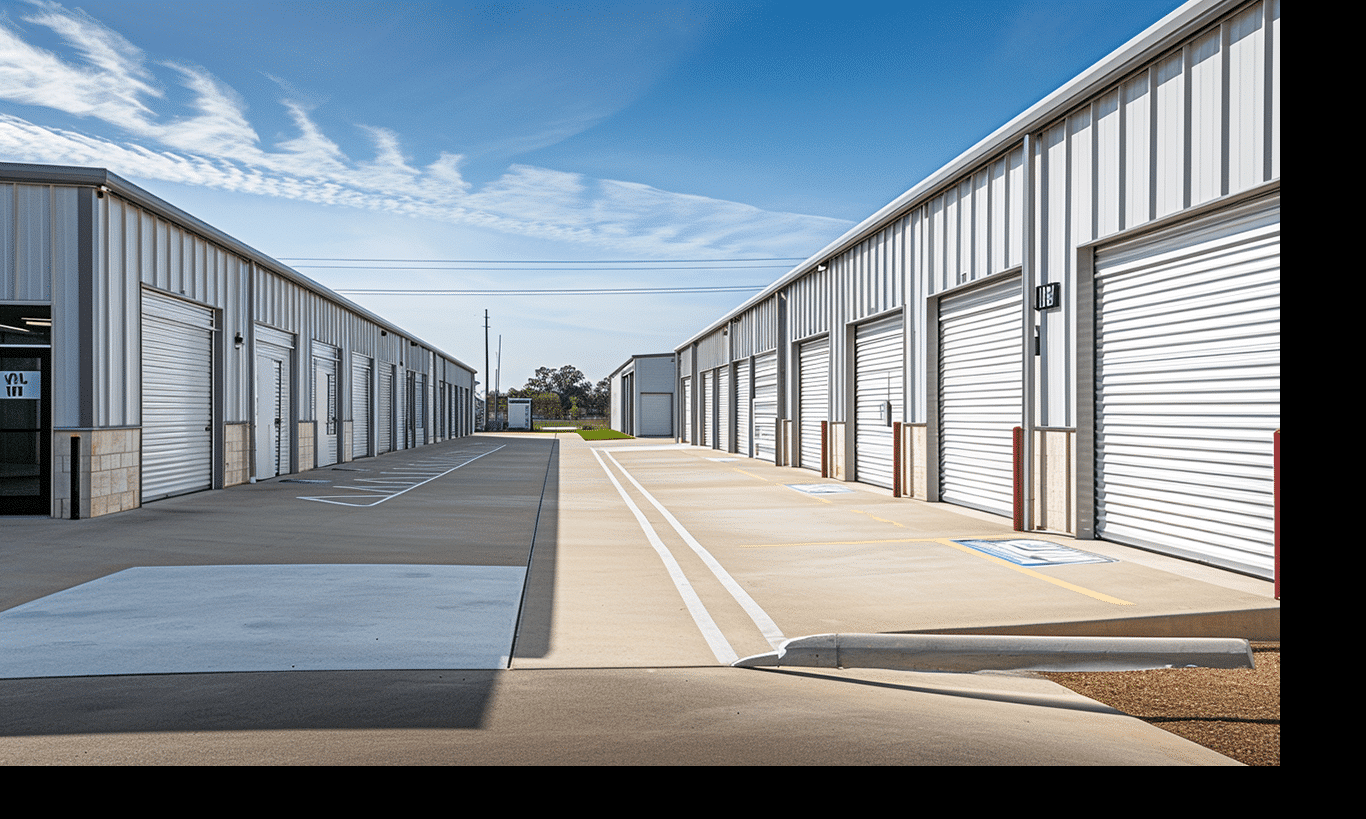In today’s world, the pursuit of sustainability has transcended from a trend to a necessity. Governments, businesses, and individuals are increasingly looking for eco-friendly solutions in every aspect of life, especially in construction. Among the myriad options available, one sustainable building material is getting more limelight than others – bamboo. Although steel and other [recycled materials in construction](https://yourbuildingteam.com/exploring-recycled-materials-in-construction) have long been heralded for their environmental benefits, bamboo has emerged as a formidable alternative.
Why Bamboo? Unearthing the Benefits
You might wonder, what makes bamboo so special? First and foremost, bamboo is one of the fastest-growing plants on Earth. Unlike trees that take decades to maturity, certain bamboo species can grow more than a meter in just 24 hours. This rapid growth rate means that bamboo can be harvested every few years without causing deforestation, making it a renewable resource.
Furthermore, bamboo’s environmental footprint is significantly smaller compared to other materials. The production process of bamboo requires less energy and generates fewer carbon emissions. It’s often considered less taxing on the planet than traditional building materials like concrete or wood.
Bamboo’s Versatile Applications in Construction
Bamboo’s versatility is another key reason why it’s gaining traction in the green building sector. Here are some areas where bamboo shines:
1. **Structural Use**: Bamboo has a remarkable strength-to-weight ratio, making it an excellent choice for structural elements like beams and columns. Using bamboo as a green building material allows for durable and environmentally friendly construction.
2. **Flooring**: Bamboo can be crafted into stunning flooring options that are both durable and aesthetically pleasing. When considering [sustainable flooring options](https://yourbuildingteam.com/sustainable-flooring-options-for-eco-friendly-homes), bamboo ranks high alongside reclaimed wood and other eco-friendly choices.
3. **Decor and Furnishings**: Beyond structural applications, bamboo is frequently used for furniture, décor, and even small architectural details. Its natural finish adds warmth and a unique touch to any space.
Comparing Bamboo with Other Sustainable Materials
As eco-conscious construction practices become mainstream, it’s essential to compare bamboo with other green materials such as steel. While both have their merits, steel boasts several Environmental Benefits of Steel Buildings. Steel’s recyclability and longevity make it a popular choice for projects like large-scale factories and storage buildings.

Take the example of a metal shed storage building. Steel’s resilience against extreme weather and decades-long lifespan are valuable assets, especially when long-term sustainability is considered.
Breaking Down Myths: Bamboo’s Limitations and Realities
Despite its benefits, bamboo is not without limitations. One frequently cited myth is that bamboo structures can’t withstand harsh weather. While it’s true that untreated bamboo is susceptible to moisture and pests, modern treatment methods have significantly improved its durability.
Another hurdle is the perception that bamboo is only suitable for tropical climates. However, advancements in engineering are making it possible for bamboo to be used in diverse environments.
Looking Ahead: The Future of Bamboo in Green Construction
The potential for bamboo to become a staple in eco-friendly construction is undeniable. With increasing investments in technological advancements, bamboo’s applications are set to expand further. Researchers and architects worldwide are keenly exploring new ways to integrate bamboo smarter and more efficiently.
To learn more about bamboo’s official recognition as a sustainable option, check the repository of information available through Natural Resources Canada – Bamboo as Green Building Material.
Riding the Green Wave: The Role of Conscious Consumers
At the heart of this green revolution are conscious consumers who drive change through their purchasing power. Opting for materials like bamboo isn’t just an architectural decision—it’s a lifestyle choice that prioritizes planetary health.
Besides bamboo, choosing homes made from [recycled materials in construction](https://yourbuildingteam.com/exploring-recycled-materials-in-construction) can further reduce the impact on natural resources. Each sustainable choice made today contributes to a healthier world tomorrow.
Conclusion: Embracing a Bamboo Future
As we’ve unraveled, bamboo presents a compelling case as a green building material. Its rapid renewability, strength, and versatility position it as a worthy contender in sustainable construction solutions alongside tried-and-tested materials like steel. Although challenges remain, ongoing advancements are poised to smooth the path for bamboo’s broader adoption.
Building the future doesn’t mean leaving tradition behind. In merging innovation with natural materials, we can forge sustainable solutions that are kind to both our needs and the planet. Bamboo is not just a fad; it’s a growing promise that green building is here to stay.

Embarking on a building project? Make sure to consider the valuable insights found in [Natural Resources Canada – Bamboo as Green Building Material](https://www.nrcan.gc.ca/bamboo-green-building-material) to make informed choices that best align with your vision for a greener tomorrow.










